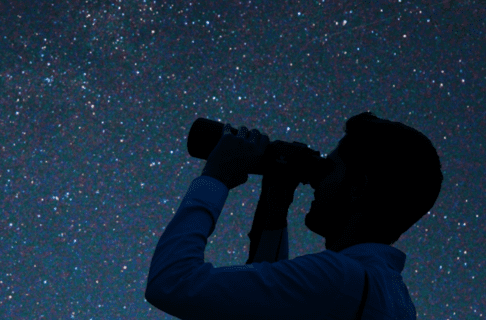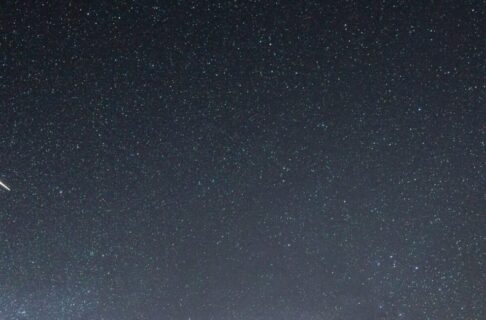Posted on: Thursday August 25, 2016
A new planet has been discovered outside our Solar System. That wouldn’t normally be big news, since astronomers have discovered about 3,200 exoplanets, or planets that orbit stars other than the Sun. This one is rather special, though.
First, it’s about the size of our planet Earth. That generally means it is made up of the same sort of things that the earth is made up of – rocks, not gasses. It’s probably solid, like our own planet.
Second, the new planet orbits its star in the “Goldilocks zone”. That’s the area that isn’t too hot or too cold for liquid water to exist. That means, if the planet has an atmosphere, that there could be liquid water on its surface – and that opens up the possibility of life.
Even more exciting: this new planet orbits the closest star to the Sun – it’s literally as close as a planet could be to our Solar System. The star is called Proxima Centauri, which is part of the Alpha Centauri star system. It’s about 4.2 light years away – so, it’s still REALLY far away. If you tried to go there in any of the rockets we have now, it would take more than 100,000 years to get there. Long trip, better bring a book.
But, radio waves travel at the speed of light – and so a radio signal could get there in about 4.2 years. (That’s basically the definition of the term “light year” – the distance that a beam of light travels in one year. It works out to about ten trillion kilometers, give or take.)
Here’s an artist’s conception of what it would look like from the surface of Proxima B. The bright star is Proxima, and the two fainter ones in the background are Alpha Centauri A and B, which are part of the same triple-star system.
The new planet was found by European astronomers, using a technique first pioneered by Canadian astronomers Gordon Walker, Bruce Campbell, and Stephenson Yang back in the 1970’s at the Dominion Astrophysical Observatory in Victoria, B.C. The technique, which measures the wobble in the star due to the gravity of an unseen planet, has only recently become precise enough to detect tiny Earth-sized planets.
As of now, we have no idea if the planet has water, or an atmosphere, or aliens, or bacteria, or anything. We just don’t know. What we do know is that there’s nothing about the planet which automatically rules out the possibility of life. It has the right temperature range for water, its star isn’t too violent, there are no other factors which tell us that no life can exist there.
We may have discovered our nearest neighbours in the galactic metropolis. Or, it may just be an empty lot next door to us that we can expand into. Either way, this is probably the most significant exoplanet discovery thus far, and seeing what comes next will be exciting.





